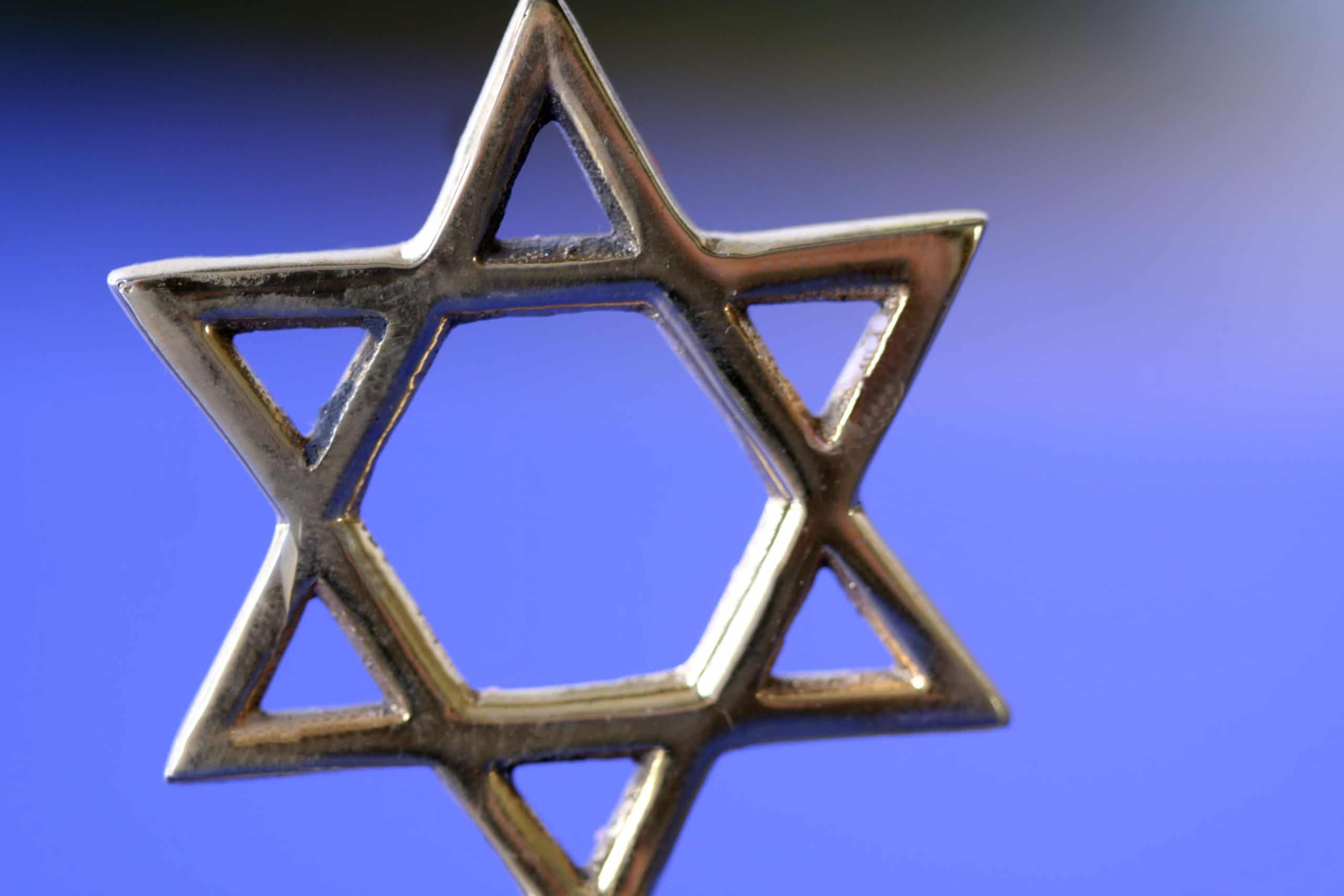When was the first Passover?

When was the first Passover lamb to be slain? Israel was told to take the Passover lamb for their homes on the tenth of Nisan (Exodus 12:3). Then we are told: “So shall it be yours, to keep, until the fourteenth day of this month,—then shall all the congregation of the assembly of Israel slay it between the two evenings” (Exodus 12:6).
This phrase “between the two evenings” comes from two Hebrew words: Strong’s #996, beyn, meaning “between,” and #6153, ereb, meaning “evening or evenings.” It is important to note that the Jewish day was reckoned from sunset to sunset, 6 P.M. to 6 P.M. our time. What, then, is meant by “between the two evenings”?
There are two views regarding the meaning. One view is that the first evening refers to sunset at 6 P.M. our time when the Jewish fourteenth day of Nisan began, and the second evening refers to when it became completely dark. In this view “between the two evenings” would mean it was near the beginning of the new Jewish day.
A second view is that the first evening begins at twelve noon when the sun begins to set from the zenith, and the second evening is 6 P.M. when the sun set, ending the Jewish day. Thus, “between the two evenings” would be 3 P.M., near the ending of the Jewish day. We believe this view is correct for several reasons, three of which we will state below.
- It becomes a type of the exact time (3 P.M.) our Lord died on the cross as the antitypical Passover lamb.
- The exact same Hebrew phrase, “between the evenings,” is used in Exodus 29:38-39 to describe the time the second daily sacrifice was to be offered. The Jews offered the first lamb at 9 A.M. and the second daily offering was at 3 P.M. This time of offering also typifies the time when Jesus was crucified. Mark states Jesus was placed on the cross the third hour (9 A.M.) and died the ninth hour (3 P.M.) (Mark 15:25, 34).
- Josephus, the historian of Jesus’ day, stated that the evening sacrifice was at the ninth hour (our 3 P.M.). When referring to the time Jerusalem was under siege by Pompey in the first century B.C., he writes: “The priests were not at all hindered from their sacred ministrations by their fear during the siege, but did still twice each day, in the morning and about the ninth hour, offer their sacrifices on the altar.” (Antiquities, 14, 4, 3).
The Passover lamb was slain toward the end of the fourteenth day of Nisan at 3 P.M. (Exodus 12:6, “between the two evenings”). It was then prepared and roasted during the three hours yet remaining of the fourteenth day, the fifteenth day beginning at 6 P.M.
It was the Passover lamb that was actually the meal that was eaten the night of the fifteenth (Exodus 12:8). This is also called the first day of the feast of unleavened bread. They were to eat the meal in haste, with staff in hand and all dressed to leave for a journey quickly (Exodus 12:11).
At midnight (of that same night when they ate the Passover) the firstborn were slain (Exodus 12:12,13). In Exodus 12:31-33 we are told the Egyptians then called for Moses that night and urged them to leave Egypt in haste.
In Deuteronomy 16:1 we are told they left Egypt “by night,” and in Numbers 33:3 we are told they left Rameses (where Israel lived in Egypt, Genesis 47:11) on the fifteenth, on the morrow of the Passover. All of this follows logically only if the Passover lamb was slain at 3 P.M. near the end of the Jewish fourteenth day.
When was the first Passover held by the Israelites?
Although the lamb was killed at 3 P.M. on the fourteenth of Nisan, it was eaten after 6 P.M., the beginning of the new Jewish day, the fifteenth of Nisan. At midnight of the same day the angel of death killed the firstborn of all who did not have the blood of the lamb on their doorposts.
To learn more about the Passover listen to, “Israel’s Passover- What Does It Mean To Us?”






